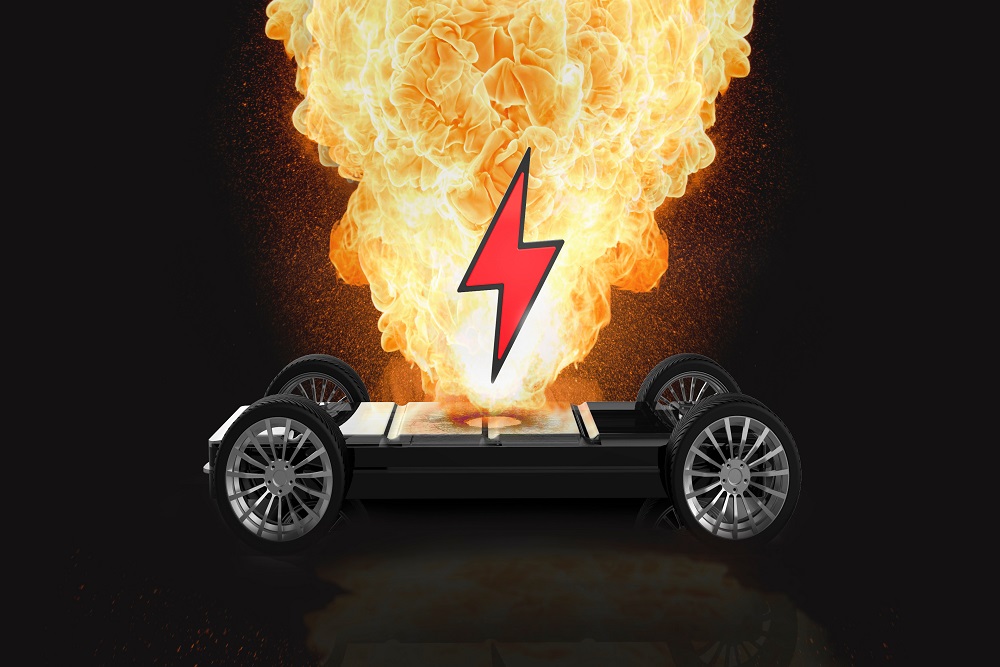
The first thing to bear in mind about the infamous lithium-ion fire risk is that, for the most part, it simply isn’t a risk. There are many reasons why li-ion batteries catch fire, but it is only certain types of li-ion batteries with specific functions and within specific products. There is a lithium-ion battery inside your smartphone, for example, and it would be fair to say that there is negligible risk of it going on fire in your pocket. Many other smaller and “smart battery” products, from USB C rechargeable smart batteries to smart watches, also present only an infinitesimally small chance of bursting into flames. Indeed, they would never have been approved as consumer products otherwise.
Nevertheless, the lithium-ion fire risk does exist, and all lithium-ion batteries do contain the ingredients necessary to start a fire. This is why we get into a different area when we talk about the deliberate use of a battery product to cause a fire. Here, the risk is indeed higher, which is precisely why certain lithium-ion batteries (and all batteries, actually) are restricted items on planes, for example.
Understand the Lithium-Ion Fire Risk
Even for personal use though, it is wise to know a bit about battery safety. And a large part of that is battery fire safety.
Forgetting for a second that certain batteries can actively cause a fire, Pale Blue Earth, battery experts out of Salt Lake City, Utah, remind us that all batteries react very badly to the application of fire (and high heat generally). This is a fundamental of battery fire safety – batteries should always be kept away from extremes of temperature – and it is certainly true that all lithium-ion batteries are inherently flammable. Before getting on to understanding fire risks of li-ion batteries in particular, it’s certainly important to get this fundamental advice out of the way – keep batteries away from other sources of heat and fire.
How Lithium-Ion Batteries Catch Fire
The fire risk for lithium-ion batteries is real, if small, so it is certainly advisable to learn precisely how li-ion batteries can catch fire or produce fire. There isn’t one single cause for li-ion fires. There is, however, one principle behind all li-ion fires – this is known as thermal runaway. This occurs when one cell in the battery heats up to a certain temperature, which causes damage to the flammable material and then triggers it to “vent with flame”, damaging the adjacent battery cells and causing a kind of domino reaction.
That is where, at any rate, the fire comes from. Here follows now some of the most common ways in which this can happen:
Manufacturing/Composition Defects
This factor refers to impurities in the composition of the battery materials themselves. Normally, impurities that disrupt the homogeneity of the cell composition is that which can make a battery very susceptible to fire.
Design Flaws
This refers to problems with larger devices and products they are used for. When there is a design flaw in the product, it can use power unevenly. When that happens, an occasional surge in the power use can cause a short circuit, a flare and, ultimately, a fire.
Abnormal Usage
This is one of the most important factors to know about because it applies to you. Improper use of any given device includes charging it with too much power, the owner messing with the circuitry, or storing the device too close to a heat source. This certainly has the potential to make a previously safe device suddenly dangerous.
Ultimately, there is very little fire risk for the vast majority of li-ion products. Battery safety, however, can never be neglected.
